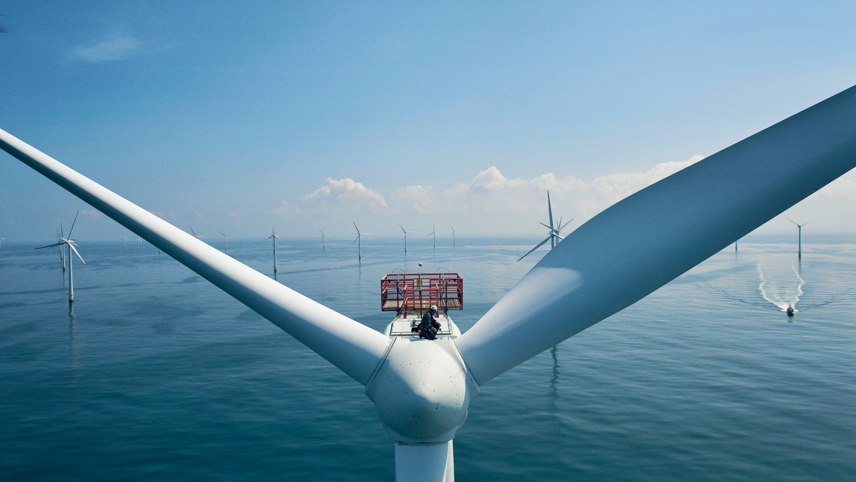Register for free and continue reading
Join our growing army of changemakers and get unlimited access to our premium content

The 1.4GW project, off the coast of Norfolk in the North Sea, has contributed to a year-on-year dip in profits for Vattenfall.
Half-year results published today (20 July) by the Swedish multinational revealed total profits of 6.9bn Skr, a decrease of 3.4bn compared to the same period in 2022.
“Higher inflation and capital costs are affecting the entire energy sector, but the geopolitical situation has made offshore wind and its supply chain particularly vulnerable,” Vattenfall chief executive Anna Borg stated in the results report.
“We have decided to stop the development of Norfolk Boreas in its current form and not take an investment decision now due to mentioned factors, which triggers the impairment.”
Borg also noted that the company will need to seek a new development pathway for its entire Norfolk Zone, which includes two additional offshore wind farms – Vanguard East and Vanguard West.
Government support
Norfolk Boreas was a successful project in the UK’s Contracts for Difference (CfD) auction round last year. This round allocated contracts to renewables projects totalling 11GW of capacity.
The CfD scheme guarantees a minimum price for electricity generated, but this does not shield against cost volatility in upstream supply chains.
A reform is in the works for the UK’s CfD scheme at the moment. Frequency of auctions has already been increased from once every two years to once a year. Going forward, developers may receive additional credit for developing strong, local supply chains and for closing the green skills gap.
The UK is aiming to host 50GW of offshore wind by 2030 but current supply chain disruptions compounded by rising commodity costs are challenging businesses beyond Vattenfall.
RenewableUK’s executive director of policy and engagement, Ana Musat, said: “For months now industry has been warning that prices under the CfD scheme need to reflect economic reality. We cannot possibly expect a capital-intensive industry to keep slashing costs on the backdrop of inflation and rising cost of capital.
“We now need government to set out a clear framework for improving the investment environment in the UK, ensuring it remains competitive with the US and the EU.”
Chancellor Jeremy Hunt is readying the UK’s response to clean energy subsidies from these two markets for the Autumn Statement. Many businesses are seeking some level of direction before this point.
BDB Pitmans’ lawyer specialising in energy, Angus Walker, added: “This demonstrates that a much greater pipeline than 50GW is needed as some projects will fall by the wayside.”
edie contacted the Department for Energy Security and Net-Zero for a comment.
A spokesperson said: “We understand there are supply chain pressures for the sector globally, not just in the UK, and we are listening to companies’ concerns.
“The UK is a world leader in offshore wind farms, home to the four largest in Europe, with enough capacity to power the equivalent of at least 10 million homes per year.
“The move to annual [CfD] auctions was introduced in response to calls from industry to run more frequent auctions and is set to bolster further investment and increase developer confidence in the sector every year.”
Crown Estates
Also today, a review of the Crown Estates’ net profits has revealed a significant increase in the share of profits coming from offshore wind. The Crown Estates is the body which oversees seabed leases to wind developers. Its profits are paid into the Consolidated Fund, from which the Government draws money for public spending.


Please login or Register to leave a comment.